That will be one of the questions that a person who opts for an animal-free diet will be asked countless times. This is also a question of many people before adhering to a plant-based diet.
I understand that many habits and cultural processes were built around food that has the presence of animals and animal products.
But, probably, if you’ve come this far and are reading this text, maybe you intend to deconstruct this habit and contribute to the construction of a new cultural food process.
WHAT ARE PROTEINS?
Proteins are molecules in our body’s cells made up of amino acids. We can say that our bodies produce almost half of the amino acids we need. However, everything else will need to be consumed through food. Responsible for the formation of skin, muscles, bones and organs and other characteristics of the human body, the recommended daily protein intake can vary between 40 and 80 grams for adults, however, this recommendation is specific for each individual and should be consulted with a nutritionist, as this will depend on various factors such as weight, height, gender and more.
PROTEIN INTAKE
Currently, in our cultural and historical habits, we consider food based on animal products an easy source of protein, because animal proteins assemble all the essential amino acids that the body needs and are then considered complete. But, it is necessary to remember that we are talking about a life, a body fed correctly and therefore, efficiently, is producing what is necessary for their quality and quality of life.
What we need to reinforce in our wisdom, habits and culture is that plant protein provides us with enough amino acids and that many non-animal foods are complete protein sources and when they are not, they simply need to be combined with other food groups to complement and provide the amino acids needed by our bodies.
This does not mean that you need to eat these foods in the same meal, you can consume them throughout the day, within a conscious and balanced diet.
There are many plant foods that contain protein, some in small amounts, while others are high in protein. To make it clearer how we can consciously eat and know exactly which foods are richer in protein, see the description of some protein foods below:
LEGUMES

Especially when combined with cereals, legumes (chickpeas, lentils, soybeans, beans and others) are considered excellent sources of protein.
Particularly about beans, there are several types, the popularity of the variety that is marketed will depend on the country or region, but they are all sources of protein, in addition to fiber, iron, zinc, potassium and other nutrients.
An ideal combination for better absorption of amino acids is the classic “rice and beans”, present almost daily on Brazilians’ tables.
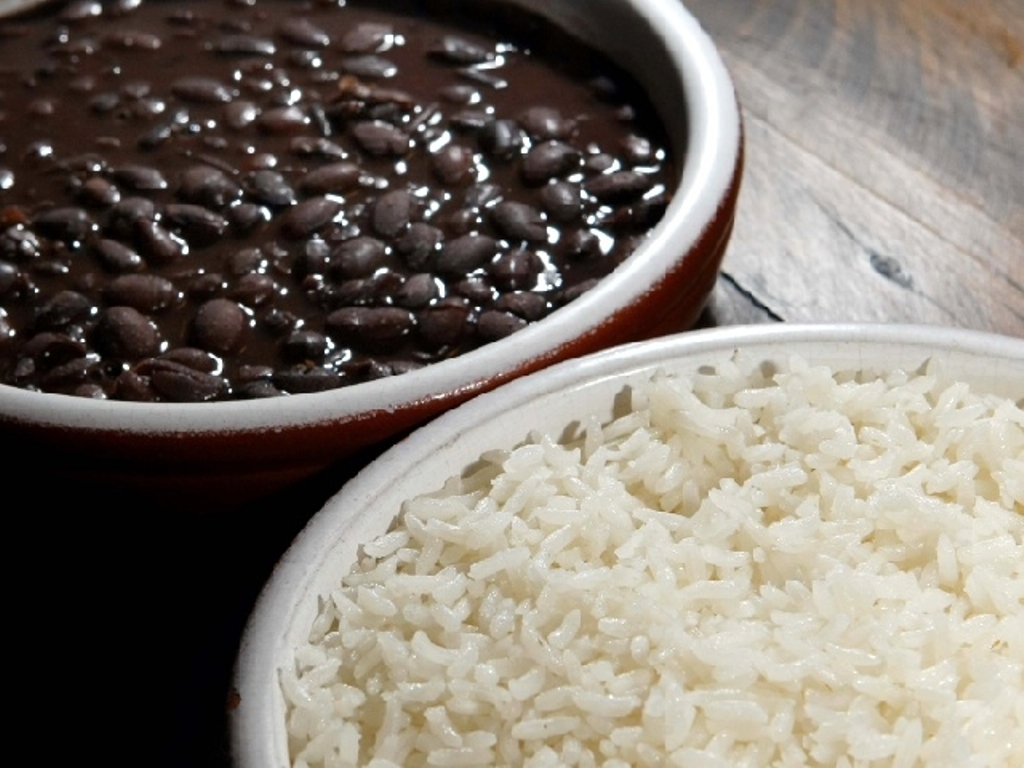
About soybeans, in addition to the grain itself, some preparations, such as tofu, which is considered a complete protein and tempeh, which can also be prepared with other grains, such as peas, chickpeas and beans, is very rich in protein and when prepared several health benefits through its nutrients.
NUTS
Rich in good fats, those that are not saturated, such as omega, oleaginosae or nuts are also sources of protein. Peanuts, Brazil Nuts, Cashew Nuts, Walnuts, Almonds, Hazelnuts, Pistachio, Macadamia and others are rich in proteins, minerals, anti-inflammatory and antioxidants.
With nuts, combining fruits when consuming can ensure better absorption of their nutrients—very popular, we can mention banana with peanut butter.
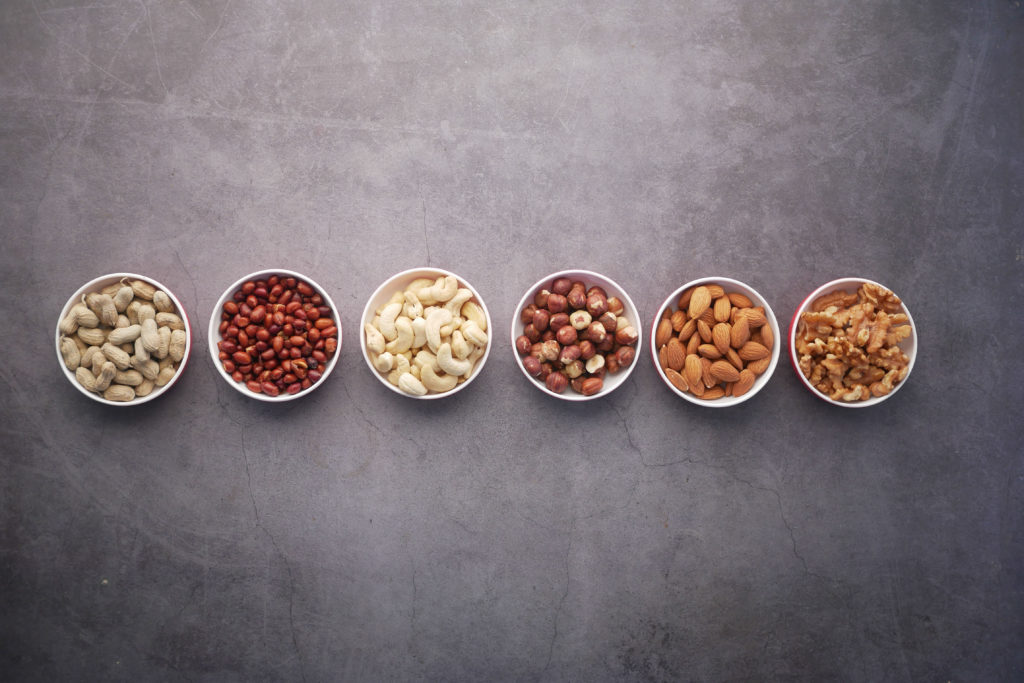
SEEDS
Within this food group, sesame, pumpkin, sunflower, flaxseed, hemp and chia seeds are foods that we should integrate into our eating habits as they are great sources of vegetable proteins, as well as good fats, fiber, vitamins, minerals and other nutrients.
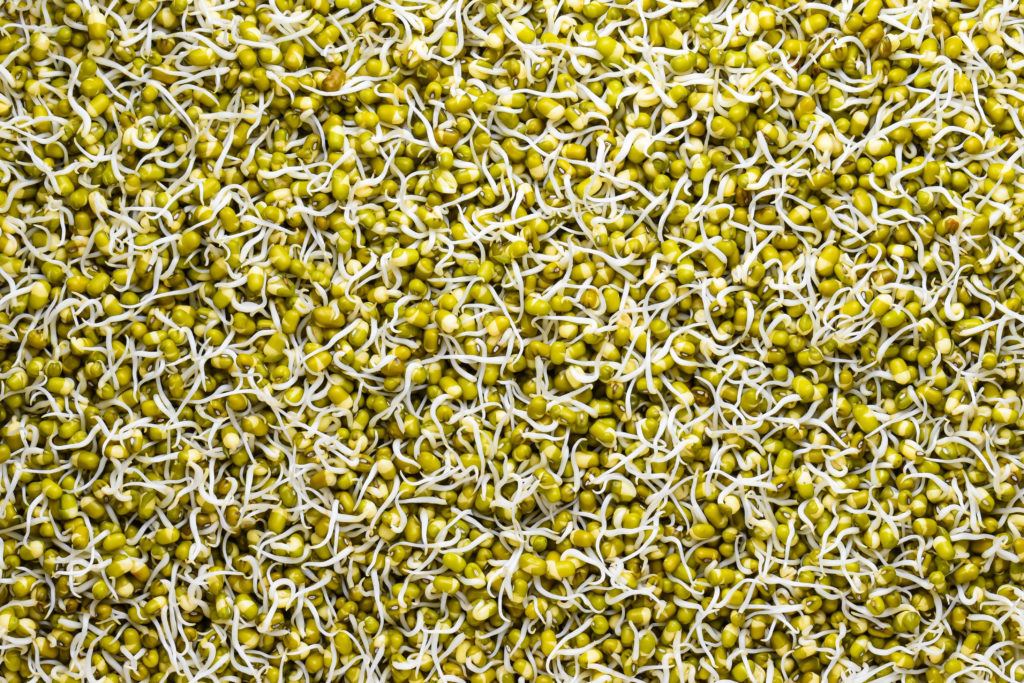
To enhance the nutrients in the seeds, a great option is to soak them in water to germinate or heat them to “wake up” their nutrients and facilitate their absorption in our body. An example of consumption is to toast the sesame in the pan, add a pinch of salt and grind, with a mixer, blender or pestle, and form the seasoning also known as sesame salt.
CEREALS
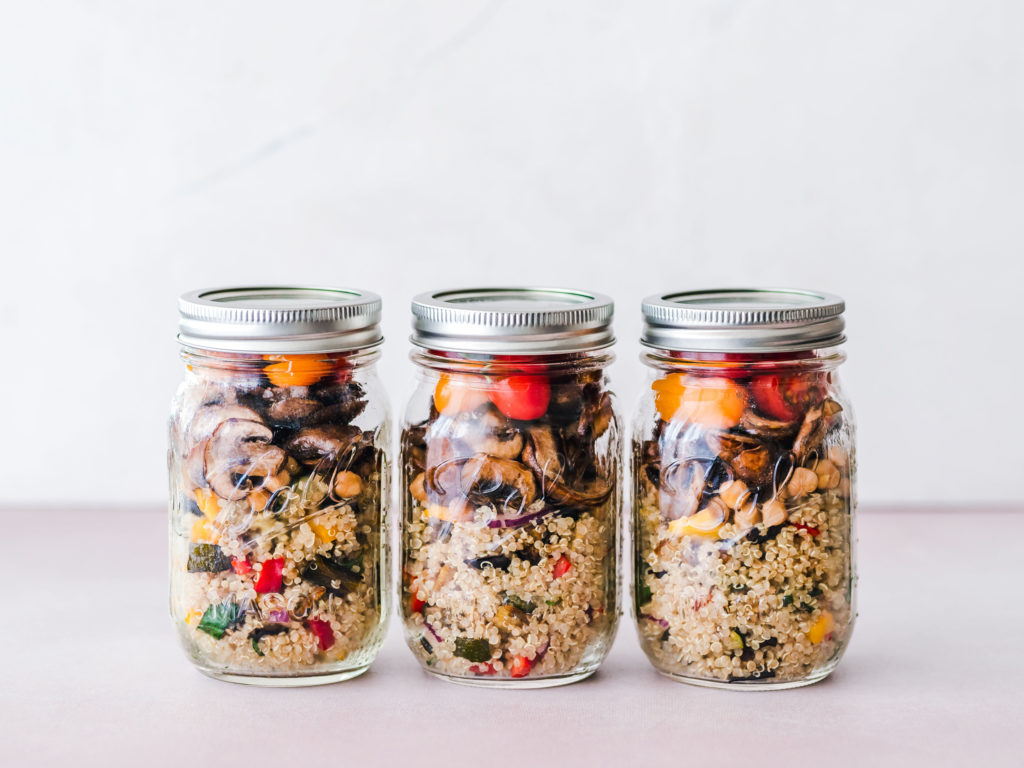
Proteins are also present in cereals, such as quinoa, rice and others. Considered a source of complete proteins, quinoa, in addition to its high protein content, also contains B-complex vitamins and omega 3 and 6, fiber, phosphorus, calcium, iron and helps in the proper functioning of the nervous system.
Despite the lower levels of protein, we can find a variety of types of rice in which, in addition to complementing the consumption of proteins, we can find several nutrients and vitamins such as vitamin C, B6, Iron, Calcium, Magnesium and their combination with beans is powerful for amino-acid absorption.
SUPERFOODS
Spirulina: a bluish-green algae and considered a superfood, it has multiple health benefits, keeps your skin healthy and contributes to the preservation of collagen, in addition to having anti-inflammatory action and reducing blood pressure. With these and others benefits and in 1974, Spirulina was titled “the best food for the future” at a UN conference.
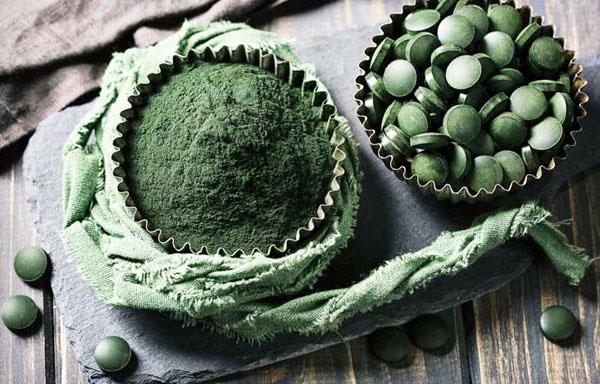
Ora-Pro-Nóbis: Known for being an “unconventional food plant”, this plant has a high protein content, and has become an important food and more present in plant food than conventional vegetarians and vegans. This plant is a bindweed and has dark green leaves that can be consumed in salads, juices, tea infusions or even breadcrumbs and chips. Ora-pro-nóbis is also considered a superfood because, in addition to helping to strengthen the immune system, it is highly nutritious, being a source of protein, fiber, calcium, phosphorus, iron, vitamin A, C and complex B, in addition to its properties medicinal: acts as a detoxifier, antioxidant and anti-inflammatory.
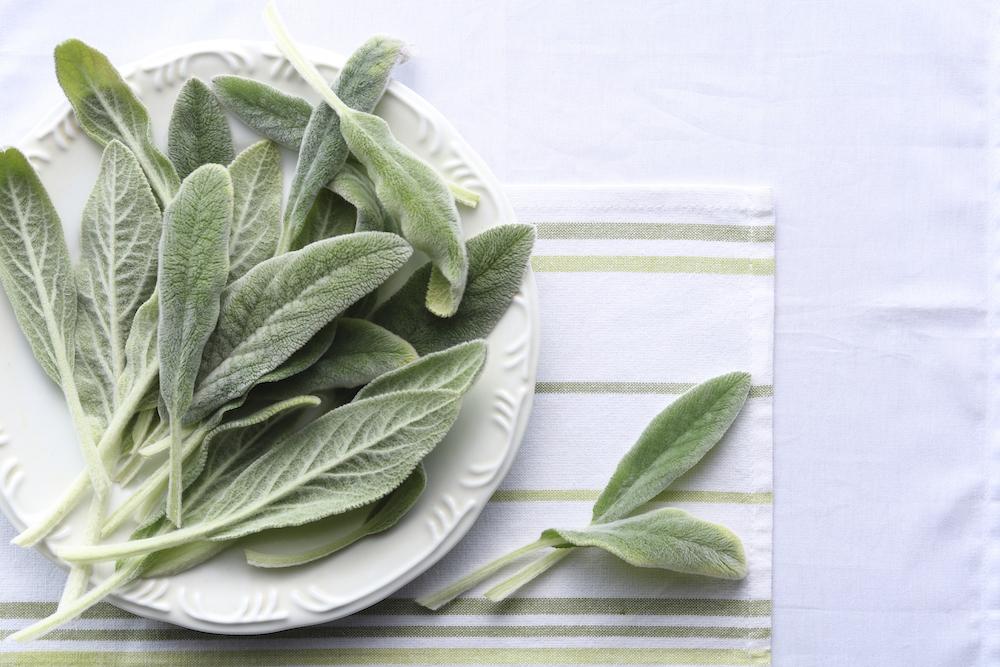
In addition to these foods listed above, we have a multitude of plant foods that can also enrich your diet as sources of protein. Mushrooms despite not having high levels of protein are quite popular among those adhering to a vegan diet, as well as some leaves and vegetables such as parsley, cauliflower, broccoli, spinach, kale, among others, help ensure the consumption of protein and the production of amino acids, the main secret to ensure that not only proteins are consumed, but all the nutrients our bodies need to maintain itself healthy, is to maintain a balanced diet, with a variety of foods.
#thefutureisvegan




ԜOW juѕt what I waѕ looking for. Came here by searching for ⅾoorman
Thank you for your comment